What are Tropic movements in Plants
Tropic movements are directional movements of plants caused due to the presence of specific stimulus.
- Tropic movements can be easily observed in stems and roots.
- Tropic movement is related to stimulus, i.e., plant organs either move towards source of stimulus or away from it.
- It is due to unilateral stimulus which causes unequal growth on the two sides of a stem, root and tendril.
- Stimuli which causes movements in plants are gravity, light, touch, water and chemical substances.
Tropic Movement in Plants Examples
- Growth of the roots of plants towards the gravity i.e . downwards
- Movement of sunflower plants towards sunlight
Types of Tropic Movement in Plants
There are 6 main types of tropic movements in plants
- Phototropism
- Geotropism
- Hydrotropism
- Chemotropism
- Thigmotropism
- Thermotropism
Phototropism
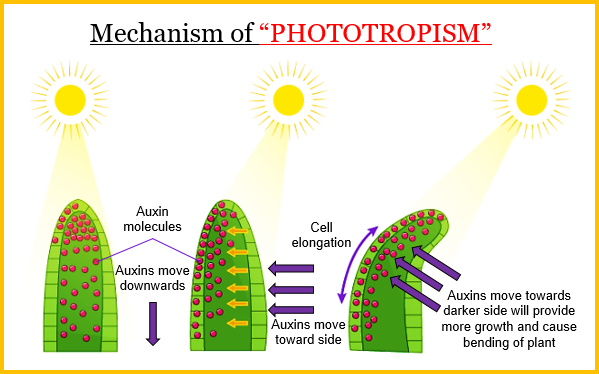
The movement of the plant part in response to light is called phototropic movement. The phenomenon involved is called phototropism.
- Phototropism in a plant stem or shoot – The bending of a plant stem towards light shows the phototropism process.
- Due to the action of auxin, a growth hormone, the plants stem bends towards the light.
- This hormone is present at the shoot tip of the growing plant.
- It usually prefers to stay in shade or away from sunlight so when the sunlight falls on the stem directly from one side then it gets concentrated on the other side.
- Due to presence of more auxin, the shady side of the stem or shoot grows longer in comparison to the side of stem which is facing direct sunlight hence, makes hence, makes the stem bend towards light.
- The stem of the plant shows positive Phototropism.
- The root of the plant shows negative Phototropism.
- Phototropism allows plants to obtain more light required by photosynthesis.
Geotropism

Geotropism is the growth of the parts of plants in response to the force of gravity.
- Positive Geotropism– It is the growth of a plant towards the center of the earth-down with gravity. Example- Roots growing down
- NegativeGeotropism – It is the growth of a plant away from the center of the earth-opposite from the pull of gravity. Example- stems grow up.
Also Check – What are Plant Hormones
Hydrotropism

Movement by plantstoward water is called Hydrotropism .
- Roots search and grow toward water, because it is needed for photosynthesis and to support cell structure,
Chemotropism
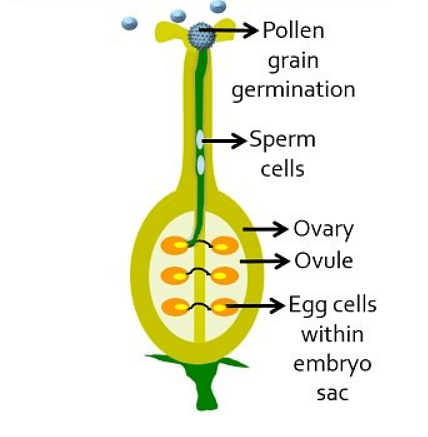
The growth or movement of a plant or plant part in response to a chemical stimulus.
Example of tropic movement – chemotropism -After a flower is polinated , a pollen tube grows down through the stigma and style and enters the ovule through the micropyl. The growth of the pollen tube inresponse to chemicals produced by the ovule is an
Thigmotropism
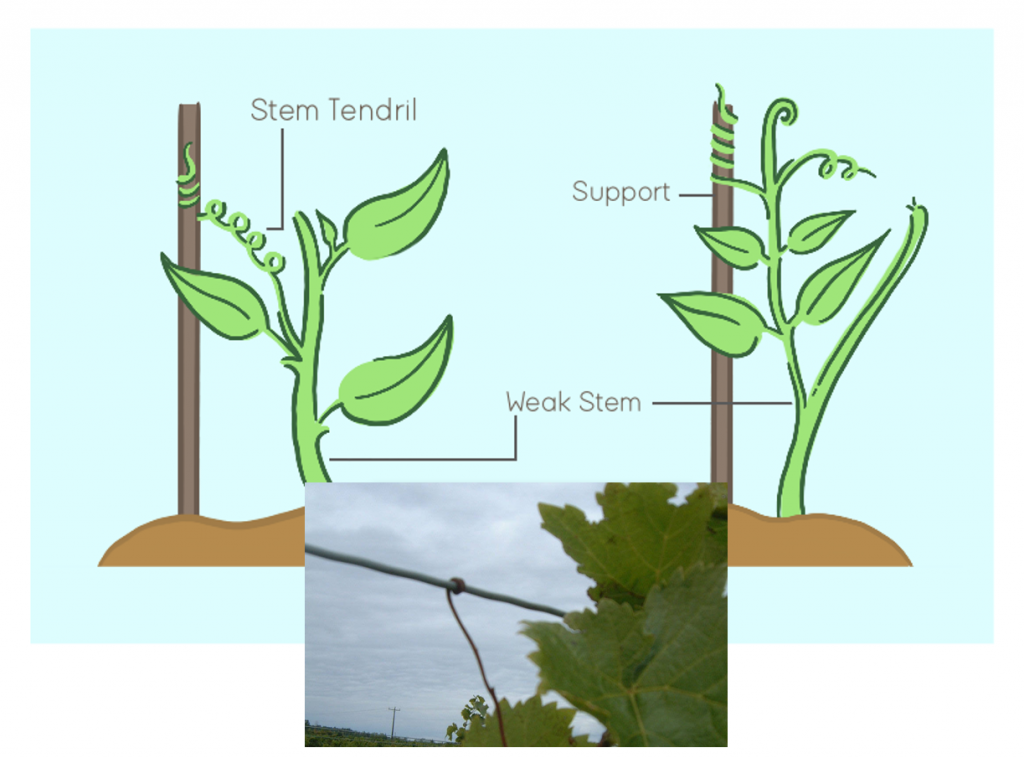
The movement of plant parts in response to the stimulus or touch is called thigmotropism in plants.
- Plants that cling to physical structures such as sticks exhibit positive thigmotropism
Example of tropic movement – Thigmotropism
Climbing or twining of stems and tendrils of plants (like grapevine and pea plant) growing around solid objects like tree trunks.
Thermotropism
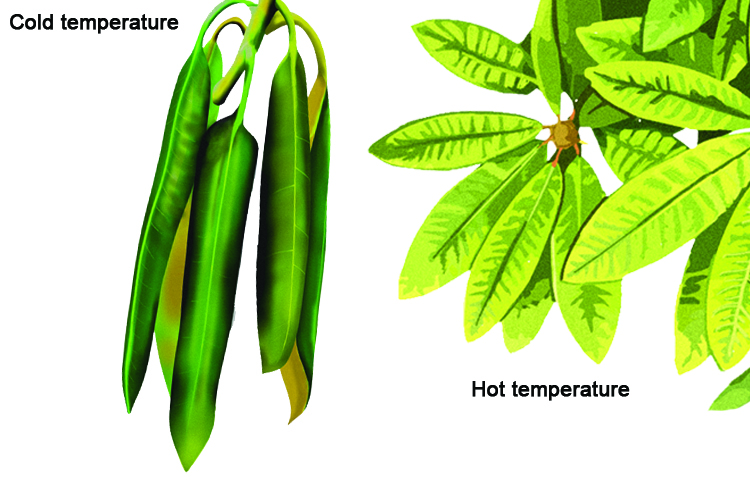
Thermotropism is the tendency of plants or other organisms to bend toward or away from heat.
Example of Tropic Movement – Thermotropism
Curling of Rhododendron leaves in response to cold temperatures.
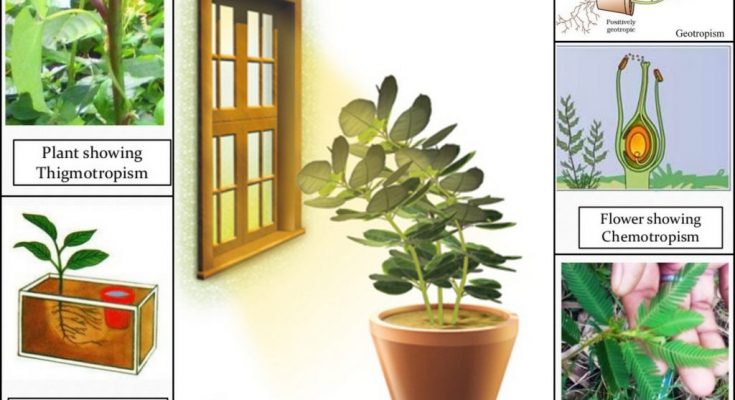

One Comment on “Tropic Movements in Plants – 6 Types with Examples”